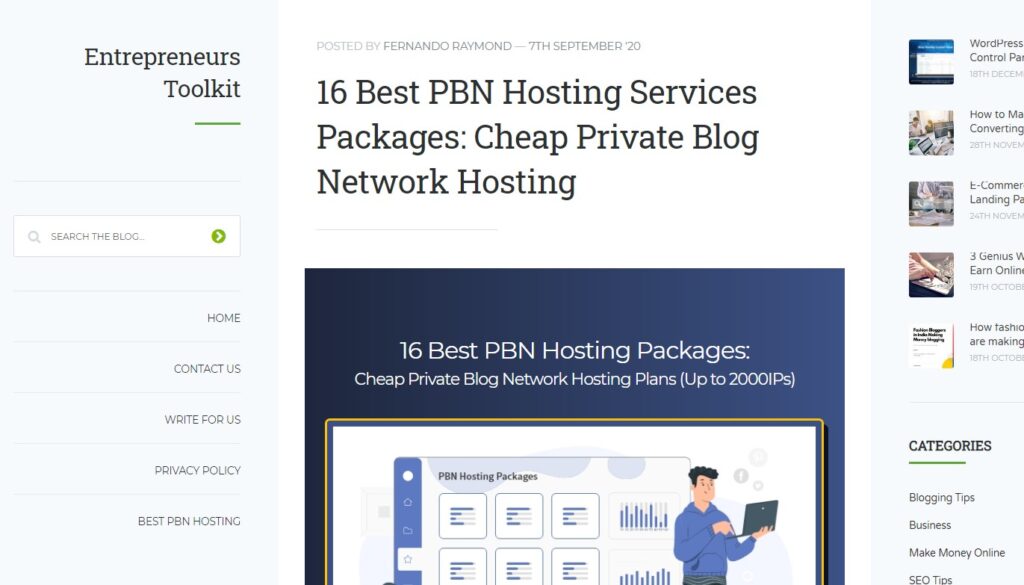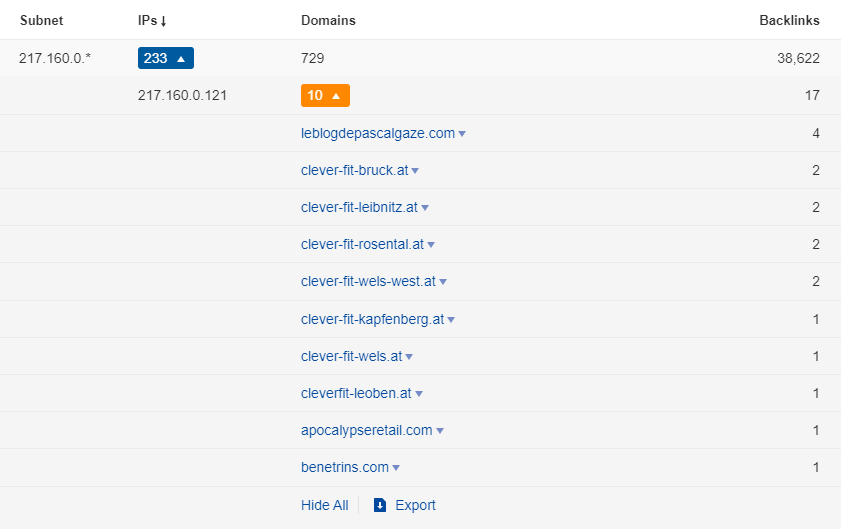All Categories
Featured
Table of Contents
- – What Is The Most Recommended Semantic Seo Tech...
- – What Is The Most Recommended Semantic Keywords...
- – The Leading Semantic Search Engine Results Pa...
- – What Is The Most Popular Semantic Search Algo...
- – Top Semantic Seo Analysis Store Near Me
- – A Better Semantic Content Optimization?
- – Who Is The Leading Nlp For Semantic Seo Comp...
The internet is transforming, becoming a growing number of semantic. Search engine optimization is likewise changing and becoming much more semantic. This is since online search engine have evolved and are moving an increasing number of towards reviewing content online. Certainly, that has likewise transformed the means we develop web content, particularly if we desire to rank better in the search engines.
Intertwingularity is not generally recognized, individuals maintain acting they can make points deeply ordered, categorizable and sequential when they can not. Based on the partnerships in between search intents, the search engine prefers a material in positioning by computing the distance between the vectors of meaning.
It enables you to see, beginning with a subject, all the entities that are related to that subject. In this manner you can plainly see which entities/concepts/ideas have actually currently been covered on your internet site, and you can discover new chances by understanding what web content you can add and how to create it.
What Is The Most Recommended Semantic Seo Techniques Available Today
It is able to make your material easy to understand for search engines on the one hand and for your audience on the various other. Structuring your web content version highlights your material and its hidden connections so that search engines can acknowledge you amongst hundreds of pieces of info, making you much more noticeable to users that satisfy the search intent pertaining to your company.
In semantic search engine optimization copywriting, an editor begins from a wider variety of subjects and tailors the web content to include semantically relevant terms and phrases that assist viewers recognize a topic, similar to checking out content in a wiki. From a content writing viewpoint, one practical method to do this is to produce a vocabulary of terms and concerns bordering your target subject.
What Is The Most Recommended Semantic Keywords Today
Learn extra about by enjoying the by!.

Semantic search describes the procedure of how search engines recognize and match key phrases to a searcher's intent in organic search results page. Prior to semantic search, online search engine like Google operated like matchmakersaligning certain words in your question with those exact words on webpages. The results were uncomplicated however usually did not have depth.
The Leading Semantic Search Engine Results Pages (Serps)?
It allows Google to provide quick, exact response to browse questions regarding real-world topics. When you type a question word right into Google, you're not simply going into a sequence of words. You use a complicated web of significances and links. Google's Knowledge Chart sees these words as entities with context and relationships.
When you look for "Apple," Google doesn't just see a word that describes a fruit. It acknowledges Apple as a firm and can give related info. Like the name of its CEO, Tim Chef, or its latest stock costs. Google revealed the Hummingbird update in 2013. It was Google's solution to the surge of voice searches, where queries came to be a lot more conversational and nuanced.
What Is The Most Popular Semantic Search Algorithms Service On The Market
By integrating NLP, Hummingbird enabled Google to relocate past plain keyword matching. It helped the internet search engine comprehend search intent, increasing the probabilities that results would properly match the factor behind a customer's search. As the 3rd essential ranking factor after web content and web links, RankBrain has actually enhanced Google's semantic search abilities to comprehend the meaning of search questions.
Making it a lot more effective at taking care of never-before-seen search questions. RankBrain considers even more than simply search phrases when examining a search inquiry.
So it brings results that match the key words and line up with the general intent of providing pup training advice. And if the individual often looks for dog-related web content, Google may focus on a lot more thorough training guidesrecognizing the user's ongoing rate of interest in the topic. Incorporating innovations like the Expertise Graph, Hummingbird, and RankBrain, semantic search assists the Google algorithm translate and link data throughout a huge internet of information.
Top Semantic Seo Analysis Store Near Me
The emphasis shifts from keyword choice to an alternative technique including customer intent, topical importance, and overall user experience. Producing content that attends to the searcher's requirements with thorough details can enhance your SERP rankings. Below, we lay out the trends and methods that settle the need for semantically educated content. Later, we give workable suggestions to transform these understandings into ideal methods.
And kind of material can best please their demands. A broader method to material aligns better with semantic search's change far from exact keyword phrase matching and towards user intent. Which discusses the raised focus on topic collections, instead than private keyword phrases. Material that covers search questions more extensively not only satisfies customers.
UX intends to create a visually enticing, straightforward user interface with appealing, high quality material that motivates visitors to remain. Semantic search innovation enables search engines to intend for outcomes that offer the ideal possible UX.
A Better Semantic Content Optimization?

All showcase Google's capacity to attend to a subject inquiry comprehensively. By recognizing the context and intent behind customer inquiries, online search engine can supply more relevant details and possibly enhance user involvement. Personalization in search results page makes for better UX.Based on your past search background and preferences as a customer, semantic search helps online search engine tailor the outcomes to match your special requirements and rate of interests.
It brings outcomes that match the key phrases and straighten with the general intent of giving young puppy training suggestions. And if the user often searches for dog-related material, Google could focus on extra thorough training guidesrecognizing the user's recurring rate of interest in the topic. Incorporating modern technologies like the Knowledge Graph, Hummingbird, and RankBrain, semantic search aids the Google formula translate and link information throughout a substantial internet of info.
Who Is The Leading Nlp For Semantic Seo Company
The focus shifts from keyword option to an alternative technique encompassing user intent, topical importance, and total customer experience. Developing material that attends to the searcher's demands with extensive information can boost your SERP positions.

And type of web content can best please their demands. A wider approach to material aligns better with semantic search's shift far from precise search phrase matching and towards user intent. Which discusses the boosted focus on subject clusters, instead of specific key words. Material that covers search questions better not only satisfies customers.
UX aims to create an aesthetically appealing, straightforward user interface with interesting, quality web content that encourages site visitors to stay. Semantic search innovation makes it possible for search engines to aim for outcomes that offer the ideal possible UX.
All showcase Google's capability to resolve a subject inquiry thoroughly. By comprehending the context and intent behind customer questions, internet search engine can provide much more appropriate info and possibly increase individual involvement. Personalization in search results page produces better UX.Based on your past search background and preferences as an individual, semantic search assists search engines customize the results to suit your one-of-a-kind demands and rate of interests.
Table of Contents
- – What Is The Most Recommended Semantic Seo Tech...
- – What Is The Most Recommended Semantic Keywords...
- – The Leading Semantic Search Engine Results Pa...
- – What Is The Most Popular Semantic Search Algo...
- – Top Semantic Seo Analysis Store Near Me
- – A Better Semantic Content Optimization?
- – Who Is The Leading Nlp For Semantic Seo Comp...
Latest Posts
What Is The Most Reliable Semantic Search Engine Optimization?
What Is The Top Semantic Search Engine Optimization Brand To Buy
Top Optimizing For Search Intent Dealer Near Me
More
Latest Posts
What Is The Most Reliable Semantic Search Engine Optimization?
What Is The Top Semantic Search Engine Optimization Brand To Buy
Top Optimizing For Search Intent Dealer Near Me